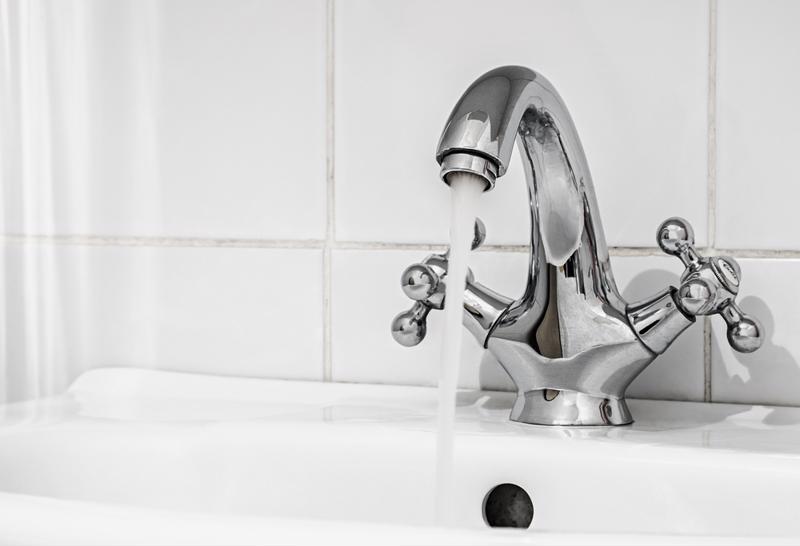The Department of Energy's new requirements for residential water heater will come into practice on April 16, meaning that big changes are down the road for families and water heater experts alike. The new standards specifically up the Energy Factor rating requirements for residential appliances in order to reduce water and fuel waste across the board. However, design changes to the build of most water heaters to accommodate these new requirements will fundamentally changed the way you think about installation.
Next-generation water heaters promise to be bigger, more expensive and designed with greater complexity than their predecessors. While efficiency numbers will be higher, the savings will come at the price of dealing with new technology. You can also circumvent the entire hassle of navigating new performance standards by relying instead on proven, reliable technology like tankless water heaters. Tankless water heater are so cost-effective that it may ultimately be less expensive to install two of these appliances at one location than investing in a bulky standard water heater. In cases like these, a distributed generation approach offers a more cost-effective solutions while delivering instant hot water throughout your home.
 Heat your hot water where you use it for serious savings.
Heat your hot water where you use it for serious savings.
Size changes bring complications for consumers and contractors
Increases in size will be the biggest change impacting residents and installers is the design change – The National Association of Home Builders pointed out that homeowners used to storing their water heater in small closet or garage storage space will no longer have a spot to install their water heater. This conundrum could force you to pay for a rushed remodel, making the total cost of your new water heater more unsightly. The problem becomes even worse when dealing with multi-unit homes and apartment complexes – efficiency will suffer if the entire complex depends on a hot water heater that is too big to be centrally located. Thankfully, this isn't the only way that homes and multi-family homes can stay current with the DOE's new rules.
The NAHB noted that homeowners have alternatives to investing in a larger tank. Greater efficiency can be achieved by installing multiple, smaller tankless water heaters throughout the home. Hot water is then drawn from nearby tankless appliances instead of being lead through the home's entire plumbing system from basement to point-of-use. This distributed generation strategy will puts less pressure on contractors and builders as well – simply working with the right tankless water heater professional eliminates the uncertainty that comes with installing untested water heaters.
Compact tankless models can be installed nearly anywhere
Size is one of the key advantage that tankless models boast over their standard sized cousins, said Remodelista. By removing the water reservoir, water heaters can be designed with far more space-effective dimensions. In fact, tankless water heaters measure just 10 percent of the size of traditional water heaters – this size difference will become even more pronounced given that traditional models are about to get bigger in size. This is a boon for homeowners and handymen alike because smaller heaters translate to easier installation and more reasonable labor costs.
Some of these models are so efficient that they were unaffected by the DOE's new standards, meaning that professionals can install the tankless water heaters in all the same places as before. This compact tankless models is also ideal for distributed generation because homeowners have total freedom when it comes to strategically placing water heaters throughout the home. Installing tankless water heaters where they are both out of sight and easily accessible is a pinch – the appliance can even be installed onto a wall in the garage or laundry room.
"Distributed generation and on-demand tankless are for controlling water waste."
Distributed generation pairs perfectly with on-demand
While the distributed generation approach to water heating is a great idea in practice, it also needs the right water heaters to achieve its full potential. Tankless water heaters, which only heat and deliver water upon being activated at the point-of-use, help make the most of distributed generation thanks to their on-demand performance. By limiting the distance that hot water has to travel and removing storage tanks form the equation, distributed generation and on-demand tankless are a great combo for controlling water waste throughout the home.
The larger a home gets, the more distributed generation and on-demand water heating seem like the best solution. Using a centrally located standard heater to supply multi-unit family or a set of townhomes, for example, could force building managers and tenants to deal with exorbitant water and heating bills. This turn of events could easily hinder a landlord's attempts to make a profit on his rented property. Alternatively, deploying tankless and distributed generation is a straightforward way to make your building more sustainable and less expensive.

